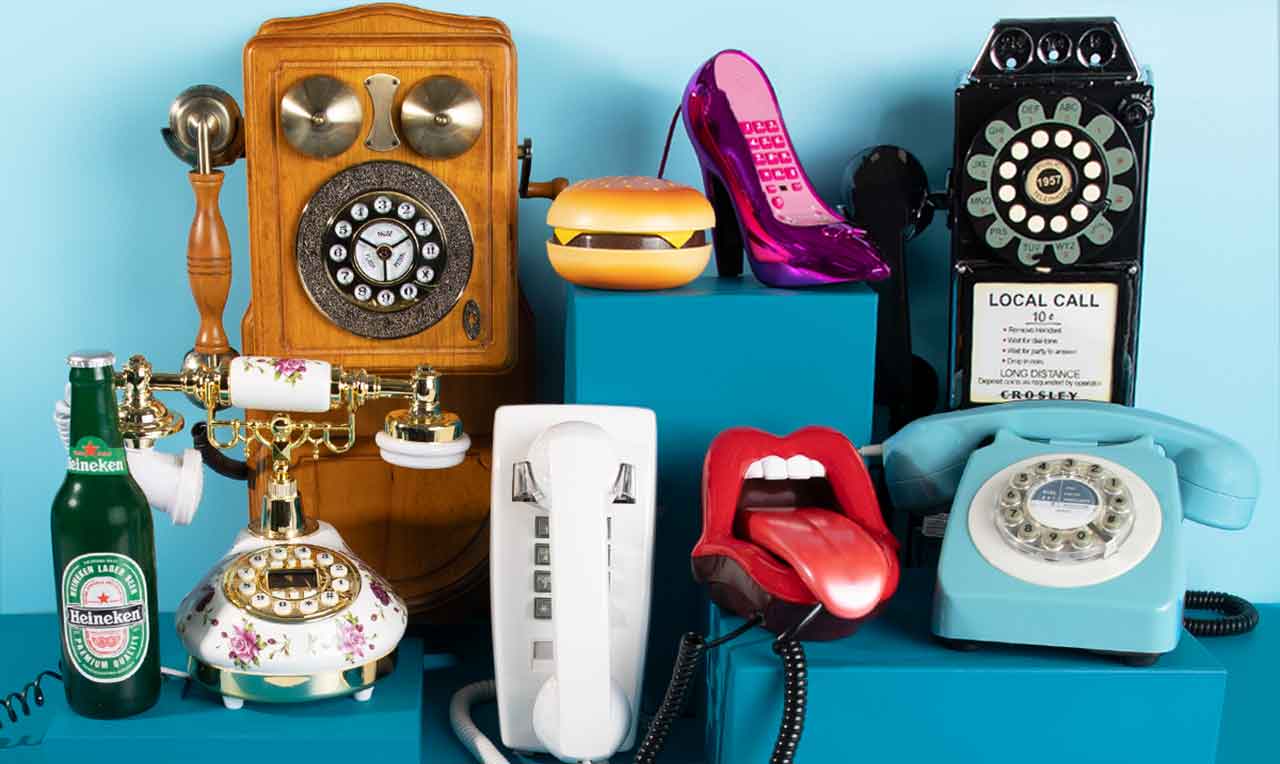Four tips to stay healthy while working from home.

Working in pajamas all day and starting your workday late might sound like fun. However, it might not be the best way to stay healthy while working from home. Let’s take a look at ways that work-from-home habits, like sitting in a chair all day, might be harmful to your health.
Working from home: Studies find increased health risks.
Working from home presents different challenges and opportunities compared to commuting to an office. For example, you might have less social contact with other people. Further, your kitchen might be very close to your home office space. Let’s look at how some home office habits might not be ideal.
- Physical inactivity while working from home. A researcher in the Netherlands recently explored the effects of sedentary behavior during the COVID-19 pandemic. The study found that 81 percent of work time was spent sitting. More than 50 percent of people also reported a decline in physical well-being (i.e., 42 percent said somewhat worse and 10 percent said much worse).
- Mental health challenges. Many people surveyed have taken a mental health day since they started working from home due to the COVID-19 pandemic.
- Increased work hours. Some evidence suggests that people are working long hours due to the pandemic. A study that examined data from people in 16 cities under COVID-related lockdown found that people worked 48 minutes more per day. If that pattern occurs five days per week, that will equate to working over three hours more per week.
- Reduced capacity to eat healthily. An Italian study published in 2020 of more than 3,000 people found that limited access to daily grocery shopping may reduce fresh food consumption and lead to more consumption of junk foods, snacks and ready-to-eat cereals. Further, 40 percent of people in the study reported eating more homemade sweets. If you’ve been baking cookies and other baked goods during the pandemic, you are far from alone.
- Increased work burnout. There is some evidence to suggest that work-related burnout may be increasing. A study carried out by Flex Jobs and Mental Health America, published in 2020, found that 76 percent of respondents worked remotely. The same study reported that 75 percent of workers had experienced burnout, and 40 percent of them specifically cited the COVID-19 crisis. Survey respondents cited several stressors, including current events, the state of the economy, concern over family’s health, and job responsibilities.
- Weight gain. Before the pandemic, obesity was a significant challenge in the U.S. According to the Centers for Disease Control and Prevention, 42 percent of U.S. adults aged 20 and over suffered from obesity in 2017-2018. As a result of the pandemic, weight gain may have increased even further. One study published in Obesity Research & Clinical Practice last year discovered that 22 percent of people studied gained five to 10 pounds. Of those who gained weight, a significant percentage state that they are eating in response to stress.
Before exploring solutions, take a few minutes to reflect on your situation. Which of these physical and mental health challenges resonate most with your situation? Once you have one or two top problems in mind to solve, it will be easier to choose the proper techniques to stay healthy.
Four practical options to stay healthy.
Whether you work from home full time or occasionally, why not take the time to make this working arrangement work for you? Before going further, keep in mind that the following suggestions are not seen as professional medical advice. If you have specific health questions, contact a doctor to request advice for your situation.
Develop your healthy work-life balance.
Setting boundaries on work hours is one way to reduce stress and anxiety while working from home. For example, you might decide to turn off your computer and business phone at the same time each day when you finish work. By turning off all of your devices, your non-working hours are less likely to be disrupted.
Plan healthy snacks in advance.
As noted above, some people have reported weight gain while working from home. If weight gain is negatively impacting your health, planning can help. Specifically, consider preparing some healthy snacks to enjoy during the work week.
- Focus on vegetables. Weight Watchers recommends celery, radishes and cucumbers as snacks because they are full of vitamins, minerals, and fiber.
- Control your snacking of baked goods. If you have baked goods in your home, avoid leaving them in plain sight. Instead, consider storing them in a freezer and take out only the portion you plan to eat.
- Set a snack location. Research published in 2007 found that many people underestimate the number of food-related decisions they make, a behavior known as mindless eating. There are techniques to combat this tendency. Weight Watchers suggests choosing a specific snack location like your dining room table to have a snack. Taking a short walk to your kitchen and then eating in a snack location also gives you a short break from work.
Setting physical boundaries between work and home.
In addition to setting boundaries based on a work schedule, there are physical ways to set a boundary between home and work. Harvard Business Review suggests it may help to put on work clothes when working from home. The publication also suggests taking a short walk to a nearby park when your workday ends to give yourself the option to transition between work time and home time.
Creating a morning routine is one way to set a boundary. Instead of waking up and immediately starting work, act like you’re preparing to leave the house for a commute. For example, you might listen to your favorite podcast while you have a morning coffee (the morning commute is traditionally a popular time to listen to podcasts). By taking some time between waking up and starting work, you will have time to transition between home and work even if those activities happen in the same place.
Take breaks throughout the workday.
In a traditional office building, you might have taken coffee breaks with a colleague. In a home office, you may not have anybody ask you to take a break. Alas, some evidence suggests that people feel guilty about taking breaks when working from home. Fortunately, breaks do not have to be long. Inc. Magazine suggests taking a five or 10-minute break to meditate.
Alternatively, think about taking a nap. According to research reported by the BBC, taking 20-minute daily naps reduced the risk of heart attacks in older adults. Several employers like Cisco, Google and Nike offer space for employees to catch a short nap at the office.
Taking a walk during your break is an excellent way to increase your work-from-home productivity.
Create your home office health routine.
Choose one or two techniques like napping, having healthy snacks, or adopting boundaries on the workday in the coming week. If one technique doesn’t help, try another technique until you find something that fits your needs.



